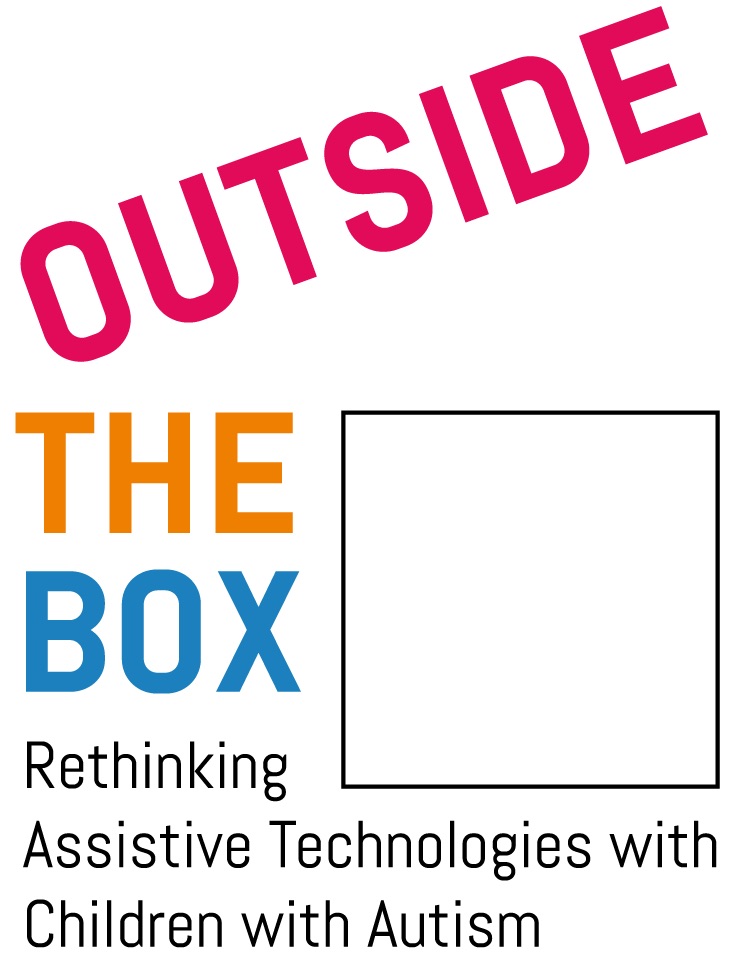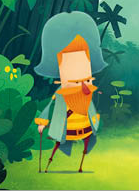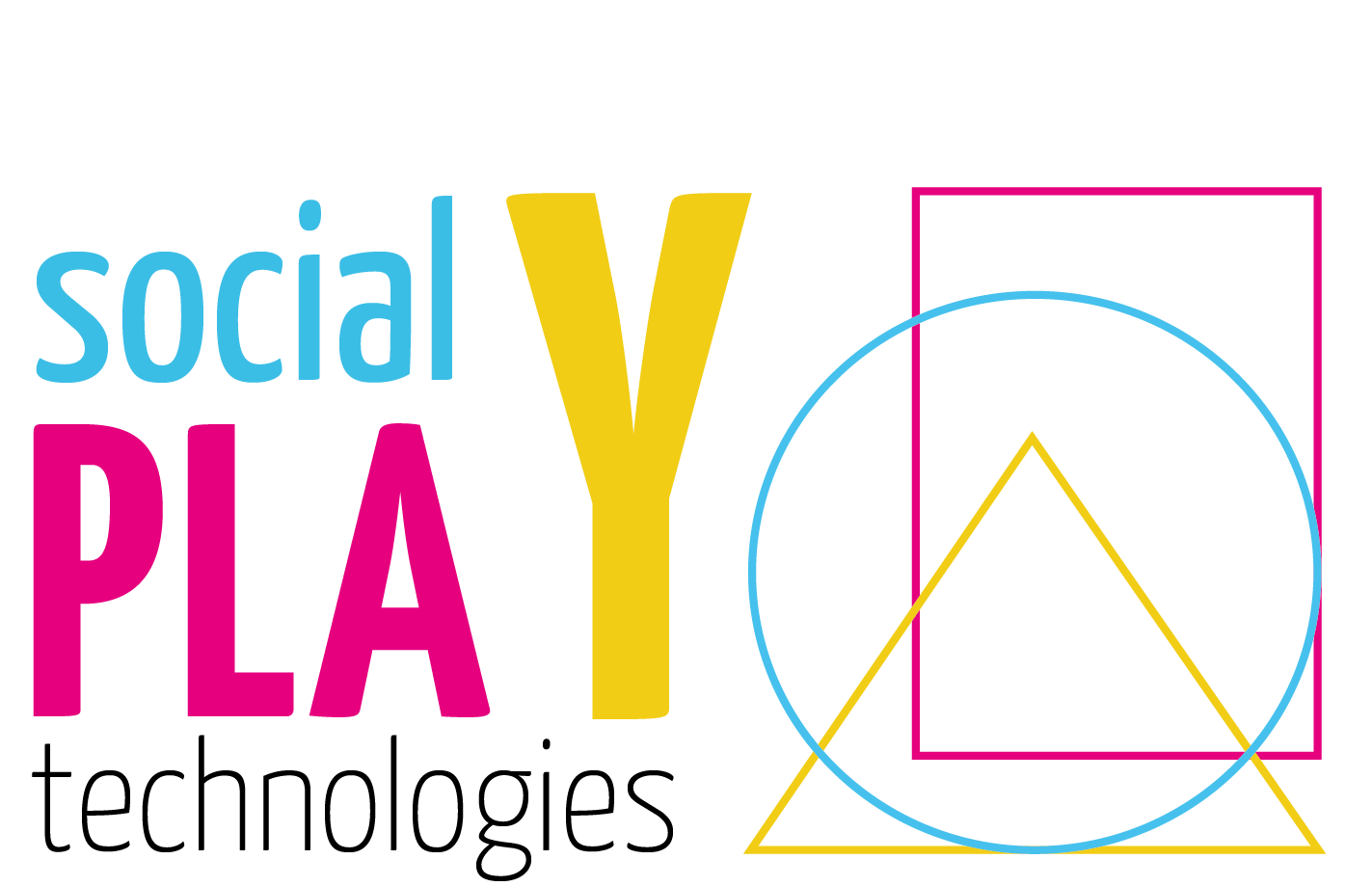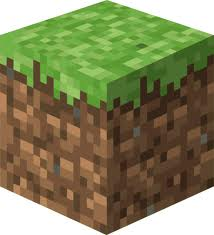Below you will find pages that utilize the taxonomy term “Children”
OutsideTheBox

With OutsideTheBox we will think laterally and outside of typical boxes and categorisations. We will design new technologies with autistic children which are not exclusively driven by functional limitations, but engage children in all their diversity and with all their differences.
Project Homepage: http://outsidethebox.at
Team: Christopher Frauenberger, Julia Makhaeva, Katta Spiel
Technology has changed our lives. We find the cinema on Google Maps, use public transport with tickets on our mobile and let our watch tell us how many calories we have burnt and what is left in the fridge. And although people with autism are often drawn to technology, we know little about their ideas for future roles of technologies.
SEL4Home - Supporting children’s social-emotional learning at home

A principal challenge for existing social-emotional learning (SEL) programs is to provide reinforcement of the learnt competencies in everyday contexts and beyond the in-school lessons. SEL4Home project starts to bridge this gap by exploring how novel technologies can extend the programming into the homes of learners.
We collaborate with SEL developers and researchers at Committee for Children—the developers of Second Step, used by more than 8 millions of children in USA; as well as the VIBE group at Microsoft Research.
SocialPlayTechnologies

Social play is key for successful inclusion of children with disabilities and has significant impact on their wellbeing and development. Typical traits in autism, such as impaired social and communication skills and repetitive behaviours, make social play particularly challenging for children diagnosed on the spectrum, exposing them to a wide range of mental health risks. This project investigates how technology can help support social play activities in mixed, co-located groups of autistic and neuro-typical children, aged 6 to 8 years. We aim to develop smart play objects, which can intelligently react to social situations to scaffold interactive play experiences of autistic children and their typically developing peers. For such objects to be meaningful to different children, it is key to involve them actively in their design.
Teaching conflict resolution through Minecraft

Minecraft multiplayer servers allow millions of children from around the world to build, play and problem solve together in a shared virtual space. As conflicts between players are common, these online spaces offer unique opportunity to help children develop effective conflict resolution skills that would then transfer to real-world settings.
This project draws on 40 years of conflict resolution curricula in Prevention Science to develop in-game tools that embedded learning into the Minecraft gameplay. To explore this space, we collaborate with leading game researchers (Katie Salen, Mimi Ito) as well as SEL developers at Committee for Children (the developers of Second Step, used by more than 8 millions of children in USA).